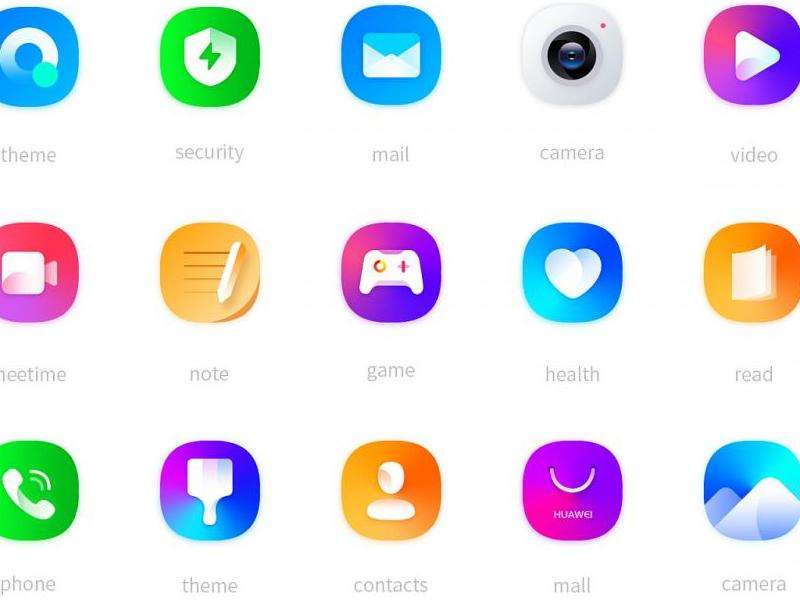Introduction
Twitter and Instagram are two popular social media platforms that have distinct functionalities and user demographics. While both platforms allow users to share content with their followers, they differ in terms of the types of content shared, communication methods, and target audience.
Functionality
Twitter:
- Twitter is a microblogging platform that enables users to post short messages known as "tweets" limited to 280 characters.

- Users can follow other accounts and view their tweets on their timeline.
- Twitter allows users to share links, images, videos, and GIFs in their tweets.
- It offers features such as retweeting, liking, and replying to tweets.
- Hashtags are widely used on Twitter to categorize content and participate in trending topics.

- Twitter offers live streaming through its platform called Periscope.
Instagram:
- Instagram is a visual-based platform where users share photos and videos.
- Users can follow other accounts and view their posts on their feed.
- Instagram offers various filters and editing tools to enhance the appearance of photos and videos.
- Users can post both regular posts and temporary content known as Instagram Stories that disappear after 24 hours.
- It provides features like liking, commenting, and direct messaging.
- Instagram heavily focuses on visual storytelling and aesthetics.
User Demographics
Twitter:
- Twitter attracts a diverse range of users, including individuals, businesses, celebrities, and public figures.
- It is popular among journalists, politicians, and activists for sharing news and engaging in public discourse.
- Twitter's user base has a higher percentage of male users and tends to be more educated and politically engaged.
- It has a global reach, appealing to users from different countries and cultures.
Instagram:
- Instagram primarily targets a younger demographic, especially millennials and Gen Z users.
- It is popular among individuals who are interested in visual content like fashion, travel, food, and lifestyle.
- Influencers and celebrities often leverage Instagram's visual nature to promote products and engage with their followers.
- Instagram has a slightly higher percentage of female users compared to Twitter.
- It is widely used by individuals seeking inspiration, creative outlets, and showcasing personal experiences.
Conclusion
In conclusion, Twitter and Instagram serve different purposes and attract distinct user demographics. While Twitter focuses on short-form text-based content and appeals to a wide range of users, Instagram is a visual-centric platform that caters to a younger audience. Understanding the functionalities and target audience of each platform is essential for individuals and businesses to effectively utilize these social media platforms for communication, branding, and engagement purposes.








